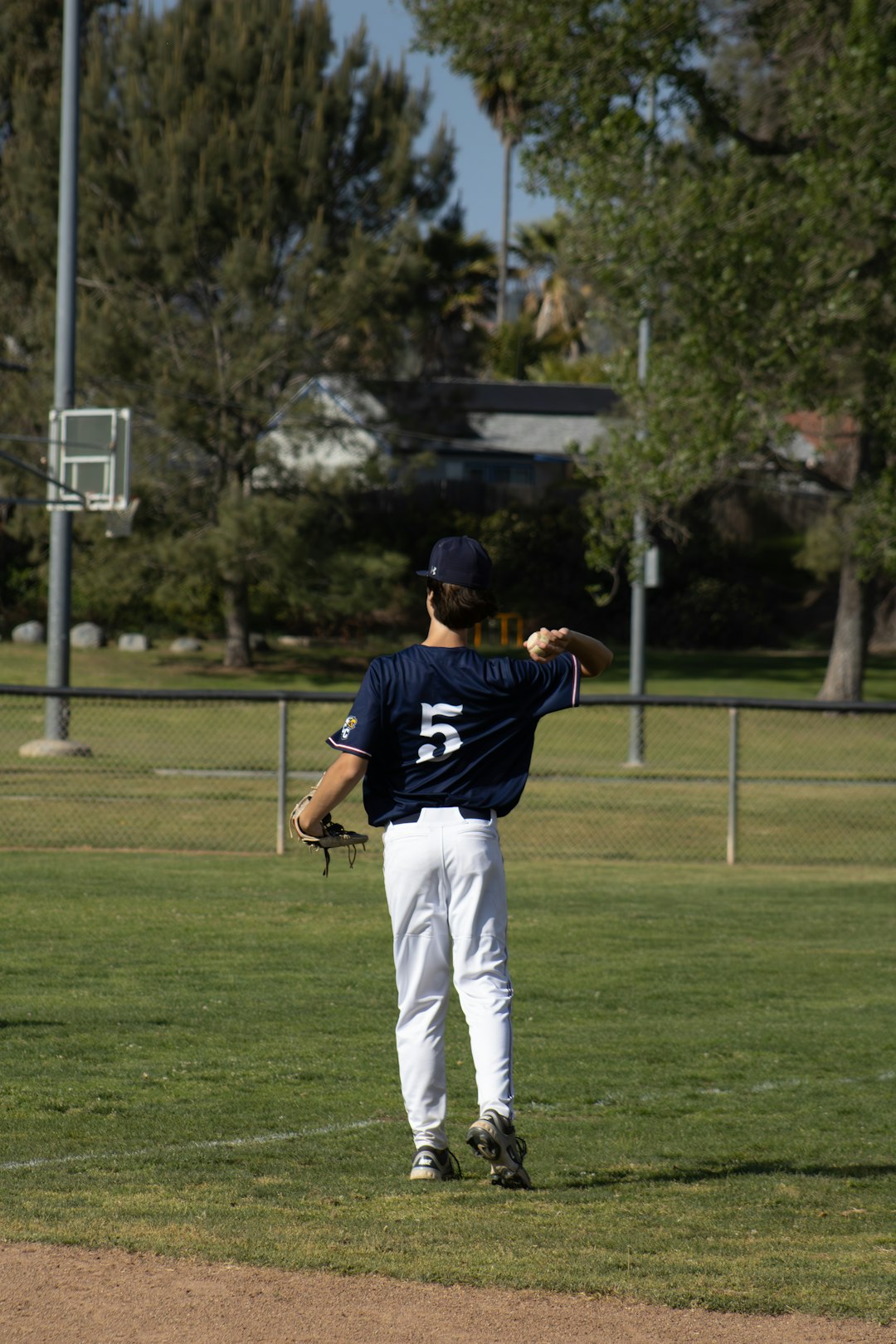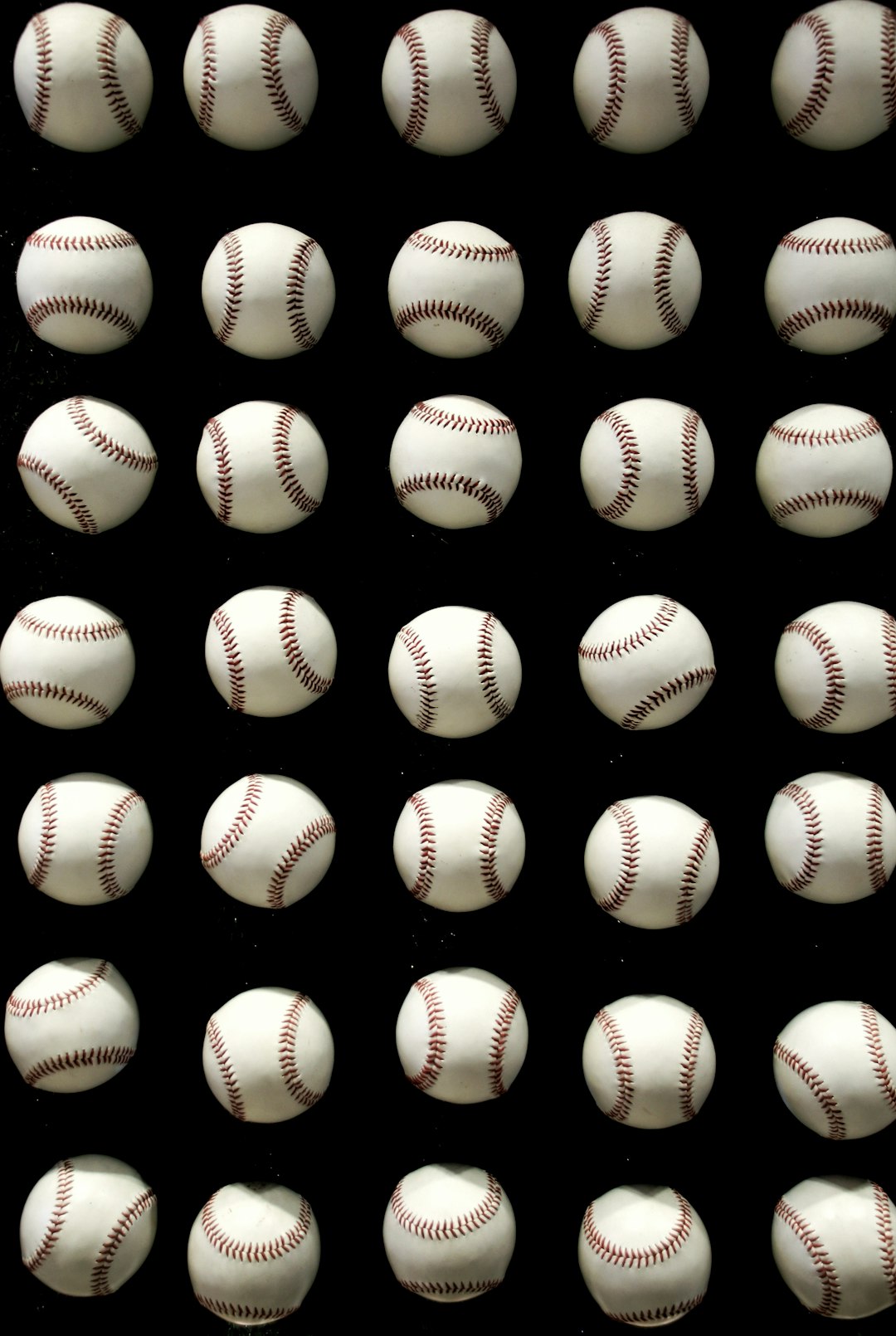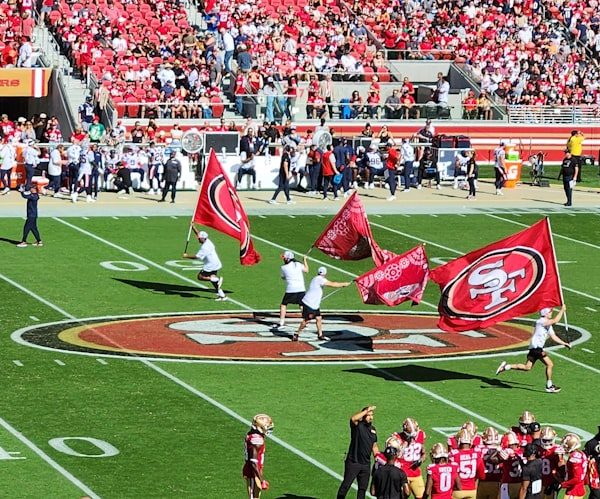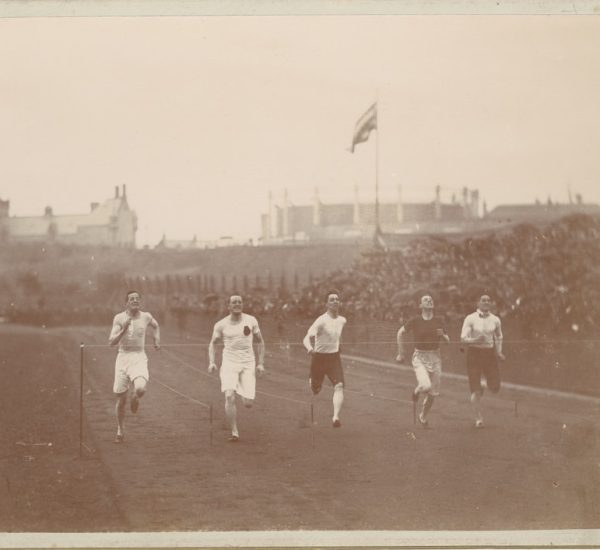In recent years, betting on whether or not a run will be scored in the first inning of a Major League Baseball (MLB) game has grown in popularity. Known as NRFI (No Run First Inning) or YRFI (Yes Run First Inning), these markets offer fast-paced excitement and are often favored by casual and serious bettors alike. But behind that thrill lies a complex decision-making process: when is it statistically advantageous to bet on a scoreless first inning—and when is it better to fade that strategy?
Understanding the Basics
The NRFI bet capitalizes on the idea that neither team will score in the initial frame. Conversely, a YRFI bet takes the position that at least one run will be scored in the first inning. At face value, the wager appears to be a 50-50 proposition, but numerous factors can skew the likelihood significantly. Understanding those factors is essential if you’re to turn this niche market into a profitable endeavor.
Why Betting the First Inning Is Unique
The first inning is not just any other inning in a baseball game—it has some unique characteristics:
- Top of the lineup: It usually features each team’s strongest hitters.
- Fresh starting pitchers: Starters begin at full strength and haven’t yet rotated through the lineup.
- Scripted pitches: Many pitchers follow pre-designed sequences early in games, leading to predictability.
All these elements can either favor or heavily work against an NRFI bet. Therefore, analyzing matchups, pitcher splits, and batting order is vital before placing a wager.
When to Play NRFI (No Run First Inning)
Focusing on “No Run First Inning” bets requires identifying conditions under which scoring in the first frame becomes less likely. The following are key indicators that support an NRFI wager:
1. Elite Starting Pitchers
When both starters have low first-inning ERAs, that’s a strong indicator that a scoreless inning is likely. Aces who consistently get ahead in counts and limit walks tend to suppress early scoring. Verify that they have a solid command right out of the gate and are familiar with the opponent.
2. Cold or Inconsistent Top-of-the-Order Hitters
The first inning showcases the top three hitters of each lineup. If those players are slumping or facing a pitcher whose repertoire neutralizes their strengths, the chances of scoring plummet.
3. Pitcher-Friendly Ballparks and Weather
- Stadiums like Petco Park or Oracle Park are statistically less favorable for offensive production.
- Wind blowing in or unusually cold temperatures can help suppress early runs.
4. High Strike Percentage Rates Early in Games
Some pitchers struggle once they go through the lineup a second or third time but excel early on. Pitchers who throw strikes at a high rate in the first inning are strong NRFI candidates.

When to Fade NRFI and Consider YRFI Instead
There are circumstances under which chasing a scoreless first inning becomes a losing strategy. In those situations, a YRFI bet—predicting at least one score—can provide better value. Here’s when that applies:
1. Weak or Inconsistent Starters
Not all pitchers start games strong. Some routinely allow baserunners or struggle with control in the opening frame. Pay attention to April and May games when pitchers are still finding form or just returning from injury.
2. Elite Lineups with Power and Contact in Top 3
Teams like the Braves, Dodgers, or Astros often stack their top-three lineup spots with aggressive hitters capable of getting on base or homering off mistake pitches. In these cases, pitchers have less margin for error.
3. Hitter-Friendly Ballparks
- Smaller stadiums like Coors Field or Fenway Park strongly favor hitters, especially in warm weather.
- Look for wind blowing out and elevated temperatures, both indicators that the ball may carry.
4. Lack of Bullpen Depth Before Game
While NRFI bets concern only the first inning, a manager’s confidence in his starter can affect pitching strategy. If the bullpen was heavily used the night before, a struggling starter may be left in longer than normal, potentially giving up a quick run before settling down.
How to Research and Model NRFI or YRFI Bets
The edge in first-inning betting comes from predictive modeling. A solid research process should incorporate the following:
Step 1: Analyze First-Inning Metrics
- First-inning ERA
- WHIP (Walks + Hits per Inning Pitched)
- K/BB ratio in the first inning
Step 2: Review Lineup Trends
Check how many times the leadoff hitter reaches base, his OBP, and how efficient the #2 and #3 hitters are at advancing runners or cashing in early strikes.
Step 3: Cross-Check Ballpark and Weather Effects
Use predictive databases or handicapping tools that simulate expected run output based on offensive and defensive matchups. These tools often include temperature, wind direction, and park factors tailored to the team’s strengths and pitcher tendencies.

Psychology and Market Biases
An often-overlooked factor is how public sentiment shapes betting lines. Many casual bettors prefer NRFI for the thrill of quick resolution, which inflates the odds and value of YRFI in certain cases. Bookmakers adjust accordingly.
Sharp bettors often fade public money by targeting inefficient lines. If a public-favored NRFI line doesn’t reflect the statistical likelihood of runs, pros may attack it with heavy wagers on YRFI instead.
Variability and Risk Management
Like most micro-betting markets, NRFI and YRFI wagers are inherently volatile. They offer high emotional engagement but are susceptible to randomness, such as errors or broken-bat bloopers. That’s why responsible bankroll management and limiting bet sizing are crucial.
Many seasoned bettors limit their exposure to NRFI/YRFI markets to about 2–5% of their total portfolio, choosing to rely on more stable lines for their core strategies.
Case Studies: NRFI Trends by Team
Historical data can help bettors recognize whose games tend to go scoreless early. For example:
- 2023 San Diego Padres: Hitters either homered or went quietly in the first inning—worth tracking against elite pitching.
- 2023 New York Yankees: Struggled with leadoff consistency and saw a high rate of first-inning blanks.
- 2023 Atlanta Braves: Consistently cashed YRFI bets with hard-hitting top-of-the-order talent.
Final Thoughts
NRFI and YRFI betting can be a potent weapon in a bettor’s arsenal when used appropriately. The key lies in detailed analysis, avoiding emotional decisions, and sticking to models that incorporate statistical performance, context, and market value.
Whether you’re riding with dominant pitchers in a pitcher’s park on a cold night or fading that strategy due to strong hitters in perfect weather, success in this market comes from evidence-based decisions—not intuition or hype.
Like all sports betting opportunities, the NRFI/YRFI market rewards patience, research, and discipline. If you’re willing to do the homework, the first inning just might become your best inning.




